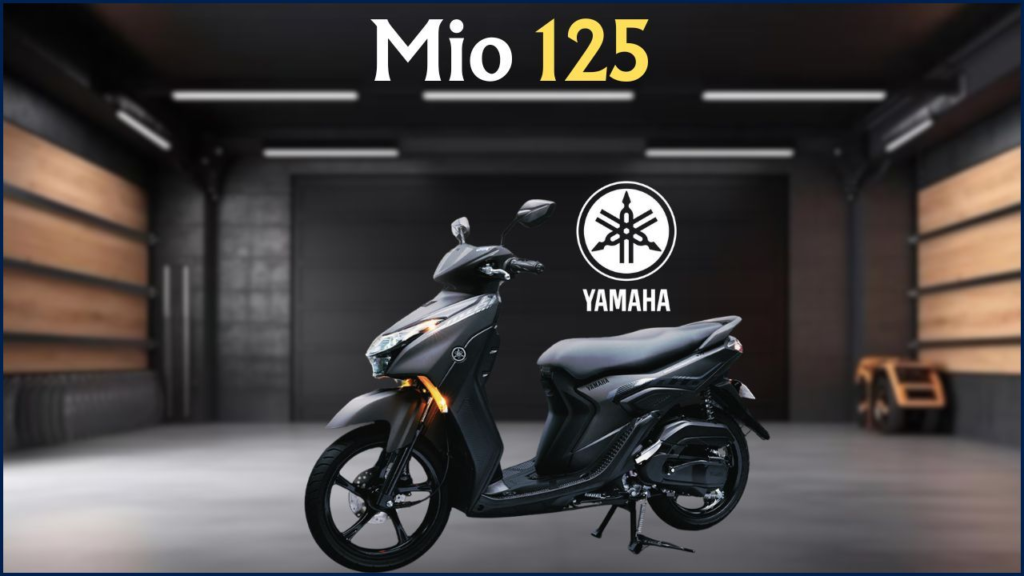FYJC Maharashtra Admission 2025 is a decision every 10th-grade student and parent faces when transitioning into junior college. As admission season begins, students must choose between the structured government-led centralized admission system and the flexible, independent college-level intake process. The decision not only affects college placement but also influences academic confidence, course availability, and overall experience in junior college.
While both systems serve the purpose of college admission, students increasingly lean toward the centralized system. In this article, we’ll unpack why the majority are drawn to this method, how both systems differ, and what makes centralized admission more effective and reliable in today’s educational environment.
FYJC Maharashtra Admission 2025: Key Comparison
The rising preference for FYJC Maharashtra Admission 2025 through the centralized system is driven by its structured, transparent, and merit-based approach. Unlike college-level intake, which often lacks consistency and fairness, centralized admission ensures equal opportunity by strictly following reservation policies, merit rankings, and clear timelines. It simplifies the process by allowing students to apply to multiple colleges in a single application, reducing confusion and stress. Additionally, real-time updates, official cut-off lists, and digital verification make it more reliable. For students aiming for stability and parents seeking clarity, FYJC Maharashtra Admission 2025 offers a far more secure admission route.
Overview Table: A Quick Glance
| Feature | Centralized Admission |
| Managed by | Government education department |
| Admission Basis | Merit-based, category reservation, preferences |
| Application Method | Online through official portal |
| Transparency | High – Cut-offs and allotments publicly available |
| Reach | Multiple colleges in one application |
| Seat Availability | Large number of general and reserved seats |
| Parental Involvement | High, due to structured communication and tracking |
| Ideal for | Students aiming for merit-based fair admissions |
What is FYJC Maharashtra Admission 2025?
Understanding FYJC Maharashtra Admission 2025 is essential for making the right academic move after Class 10. Centralized admission refers to an online admission process managed by the state or local education board. Students fill out a single application, choose multiple colleges and streams, and are allotted seats based on merit, category, and availability.
College-level intake, in contrast, happens at the individual college level. It comes into play after the centralized rounds are over or in special cases like minority quota or management quota seats. Students approach colleges directly, and decisions are taken based on college-specific criteria. While this method gives a second chance, it’s unpredictable and limited in scope.
Benefits of Centralized Admission
FYJC Maharashtra Admission 2025 stands out because of its fairness and efficiency. The system eliminates personal bias, backdoor entries, or the need for influence. It allows students to apply to multiple colleges through one platform, cutting down the time, effort, and confusion involved in approaching colleges separately.
Another major benefit is the predictability. The process runs in clearly defined rounds with published cut-offs, making it easy to understand where you stand. Reserved category students benefit as their seats are securely allocated through government-mandated reservation rules, making the system more inclusive and balanced.
For parents, this brings peace of mind. They know the admission status, timelines, and cut-off trends without relying on uncertain word-of-mouth information from college offices.
Limited Seats in College-Level Intake
One of the main issues with college-level intake is its limited availability. After FYJC Maharashtra Admission 2025 centralized rounds wrap up, only a small number of seats remain open. These are often in non-preferred shifts, less competitive streams, or under quotas that don’t follow general merit rules.
Moreover, college-level intake does not offer a unified application system. Every college operates independently, with its own timelines, criteria, and documents required. This scattered approach makes it stressful for students and increases the chances of missing out on deadlines or good colleges.
Students who choose this route usually do so out of necessity rather than preference. Many who missed centralized deadlines or didn’t secure a seat due to high cut-offs fall back on this method, knowing well that their choices will be limited.
List of Reasons Why Centralized Admission is Preferred
- Merit-based transparency helps ensure students get fair placement.
- One-time application for several colleges makes the process efficient.
- Reservations are enforced, ensuring category-wise seat allotment.
- Clear timelines and published cut-offs help with planning.
- Official communication via SMS/email keeps students informed.
- Reduces influence or unfair preference in seat distribution.
- Less stressful for parents and students alike.
- Higher chances of stream availability due to larger seat pool.
Challenges with College-Level Intake
Though college-level intake offers a second chance, it brings several challenges. The biggest is uncertainty. Without clear guidelines, cut-offs, or structured communication, students are often left guessing their chances. Admission is often based on subjective college decisions, which can be inconsistent.
There is also a higher risk of paying higher fees for management quota or special admissions. Students must also do the legwork – visiting colleges, calling multiple times, submitting separate applications – which adds to the pressure and reduces time for actual preparation or other priorities.
In some cases, students end up accepting any seat just to avoid a gap year, even if it’s not their desired course or location.
Why Parents Prefer Centralized Admissions Too
Parents play a crucial role in the FYJC admission journey, and their preference often shapes the final decision. When comparing FYJC Maharashtra Admission 2025, parents typically prefer centralized admission due to its formal structure and transparent process.
The digital platform is easy to track. Parents can check cut-offs, verify documents online, and monitor seat allotment without relying on college visits. The centralized system also reduces travel, middlemen, and unnecessary confusion.
With official channels providing updates, and clear instructions on document verification and timelines, centralized admission gives families confidence in the system. It ensures students get a fair chance, especially those from reserved or economically weaker backgrounds.
List of Common Mistakes Students Make During Admission
- Delaying form submission, leading to missing the first round.
- Applying only to top colleges, ignoring realistic options.
- Not reading cut-off trends, which affects college choices.
- Assuming there are unlimited rounds, causing last-minute panic.
- Skipping document verification, which leads to disqualification.
Final Merit vs Direct Approach
When it comes to actual seat allotment, FYJC Maharashtra Admission 2025 remains unmatched in terms of reach, fairness, and opportunity. The centralized method ensures that every deserving student, regardless of their background, gets a shot at the best colleges based on academic performance.
In contrast, the direct college-level intake system depends heavily on availability and often lacks uniformity in decision-making. For students who missed earlier chances or are seeking minority quota admissions, it offers an option, but not the ideal one.
The final choice should always align with long-term academic goals. Centralized admission provides that solid starting point.
Final Thoughts
The choice between centralized and college-level intake in FYJC Maharashtra Admission 2025 isn’t just about applying early. It’s about choosing a system that supports merit, ensures clarity, and gives students the best possible start to their academic life. The centralized system checks all those boxes.
Students who plan, research cut-offs, and participate seriously in the centralized rounds often find themselves in better positions – with better colleges, preferred streams, and less stress. While college-level intake remains an option, it’s often a backup and not a first choice.
If you’re about to apply, don’t leave things to chance. Go with the system that works for most students, parents, and educators. Make your admission journey smooth and focused by choosing centralized admission.


















